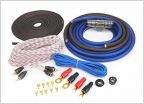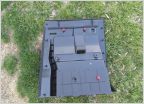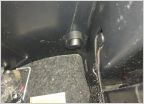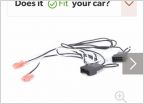-
Welcome to Tacoma World!
You are currently viewing as a guest! To get full-access, you need to register for a FREE account.
As a registered member, you’ll be able to:- Participate in all Tacoma discussion topics
- Communicate privately with other Tacoma owners from around the world
- Post your own photos in our Members Gallery
- Access all special features of the site
6x9's fit in the front of reg. cab ?
Discussion in 'Audio & Video' started by BluTaco08, Mar 6, 2010.


 Amplifier Wire Gauge Question
Amplifier Wire Gauge Question JBL Premium Upgrade. Replacing speakers and subwoofer.
JBL Premium Upgrade. Replacing speakers and subwoofer. Mode button problems with PAC SWI
Mode button problems with PAC SWI Parking break bypass aftermarket headunit
Parking break bypass aftermarket headunit Metra 72-8110 harness Help!
Metra 72-8110 harness Help! Subaru tweeters overpowering everything else. Could use some advice.
Subaru tweeters overpowering everything else. Could use some advice.









































































